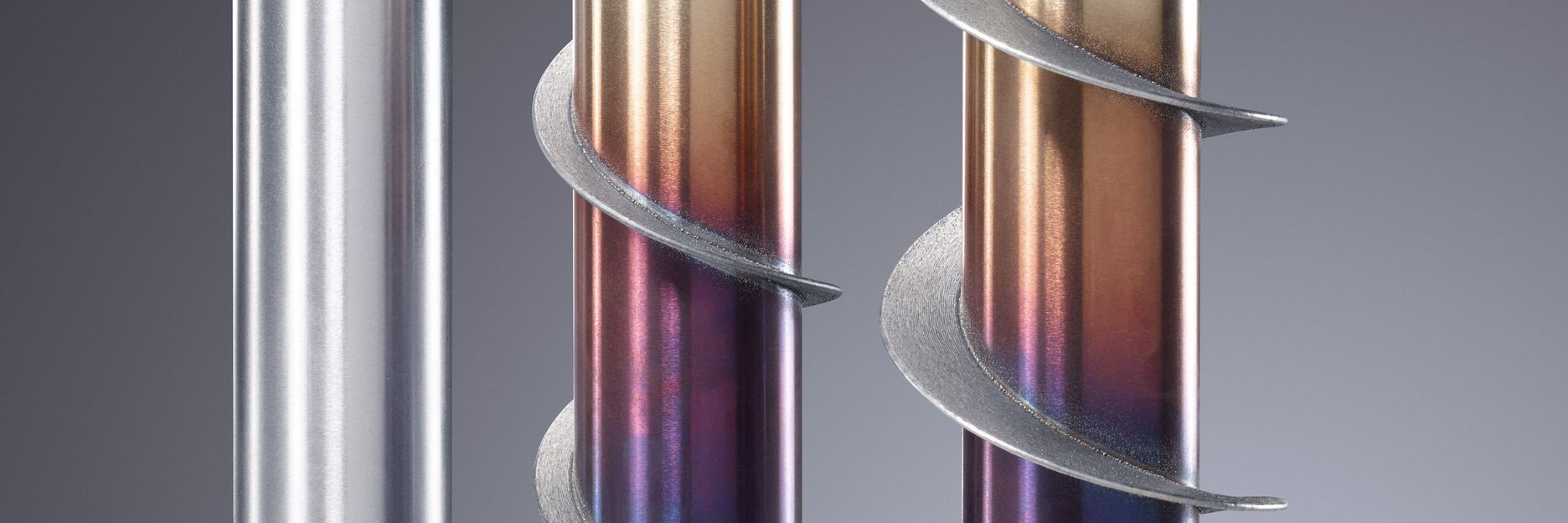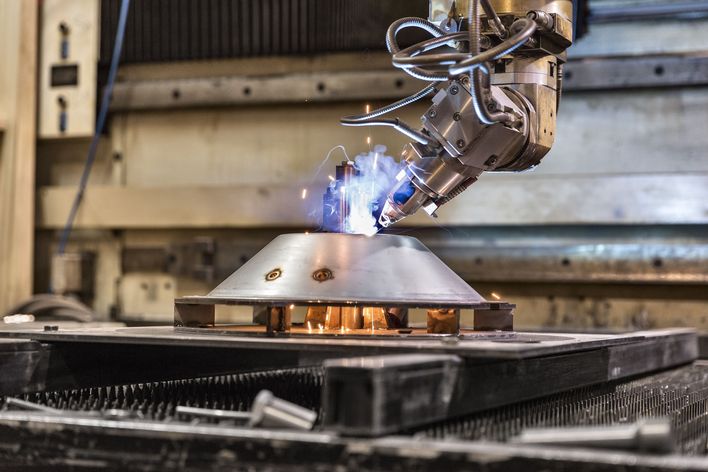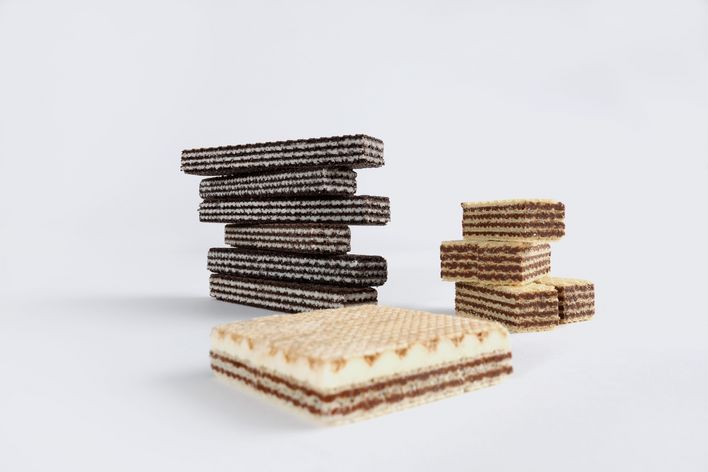Mr. Candel-Ruiz, how has interest in laser metal deposition (LMD) developed over the past few years?
We’ve been working with this technique continuously at TRUMPF for almost 15 years, and interest in LMD has steadily grown over that entire period. For a long time people were primarily using LMD to coat parts – for example to protect them against wear and corrosion – and to repair damaged metal components. But around two years ago we saw a sudden spike in the number of people inquiring about LMD, including customers from industries which we hadn’t seen in this field before, such as the automotive sector. And that’s because this method is such a great choice for additive manufacturing (AM), too.
How is it used in AM?
You can essentially pick out three main uses in additive manufacturing. First, we use LMD to modify or reinforce part geometries, basically adding defined three-dimensional structures to a base structure. That means we can make the base structure into a whole family of products which are based on this original part, but each of which have different characteristics. And that allows us to manufacture a wide range of variants. The second way of using LMD is to manufacture entire components.
At the moment, however, this technique is still limited in terms of how much geometrical complexity you can actually give the component. That’s why we’re currently developing ways of improving our systems to enable us to tackle more geometrically complex parts. In some cases LMD can also offer an alternative to conventional joining methods, for example in situations where you need to bridge gaps. This application of LMD is still in its early stages, but it shows a great deal of promise.
What materials can you process with LMD?
In theory there are very few limitations. We can use anything that a laser can melt, including steels, titanium-based alloys, cobalt-based alloys, nickel, aluminum and even copper. There is one restriction, however. You need a powder material which will fuse together with the surface of the workpiece in the melt pool. So when it comes to choosing the right materials, you need in-depth chemical and physical knowledge to find matching partners.
What benefits does TRUMPF offer its customers in LMD applications?
Our greatest strength is that we offer customers solutions instead of just individual products. These solutions are a combination of high-quality machines and lasers, our expertise in the specific area of application, and our ability to work together with the customer to identify the optimum process. Potential customers come to us with a specific task in mind and we try to work out a solution together. That’s where we can inject our many years of experience working with a wide range of different materials. Another benefit is that TRUMPF has always believed in offering a wide variety of machines and laser sources which open up multiple applications for LMD and other processes.
What kind of customers use this method?
On the one hand you have companies from the aviation, mechanical engineering and petrochemical industries and other major corporations. They already have significant in-house expertise in the field of additive manufacturing so they can develop their own process parameters and integrate suitable sensors. But smaller companies are interested in LMD, too. We can help them find the right parameters and calibrate their machines by carrying out experiments in our laboratory. The fact is that everyone who uses LMD does so for two basic reasons: either because they can significantly improve the quality of a component or because they can achieve geometrical and mechanical properties which would be totally unfeasible using other methods.
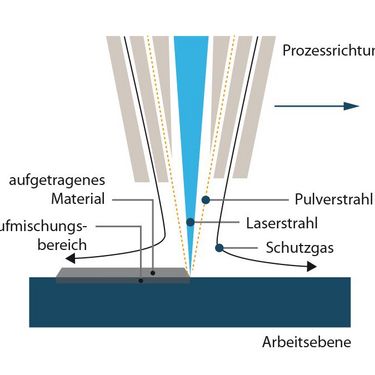
A nozzle applies fine metallic powder to a component. A laser beam is directed through the middle of the nozzle, producing a melt pool on the surface of the component into which the powder particles are incorporated. The nozzle is mounted on an optics system which is moved by a robot or Cartesian machine at a distance of between six and 16 millimeters from the workpiece.
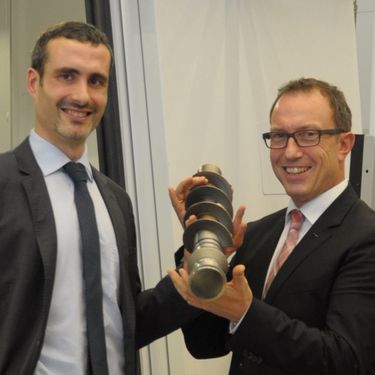
Antonio Candel-Ruiz (left) and his colleague Oliver Müllerschön are both working on LMD.

